The exodus of people from the countryside to the city is an irresistible phenomenon all over the world. According to a report by the Economist, by 2050, 80% of the population of developed countries will live in an urban setting (the figure dips to 64% for developing countries). As a result, cities must adapt their services to accommodate growing demand while becoming more and more sustainable at the same time. This is where the concept of the smart city comes in. It’s all based around the rise of new tech, some of which is set to play an integral role in the future of our cities. And the figures certainly back the theory up, with one IDC study showing that investment in technology designed to enable digital transformation in cities will reach $135 billion by 2021.
Renewable energy
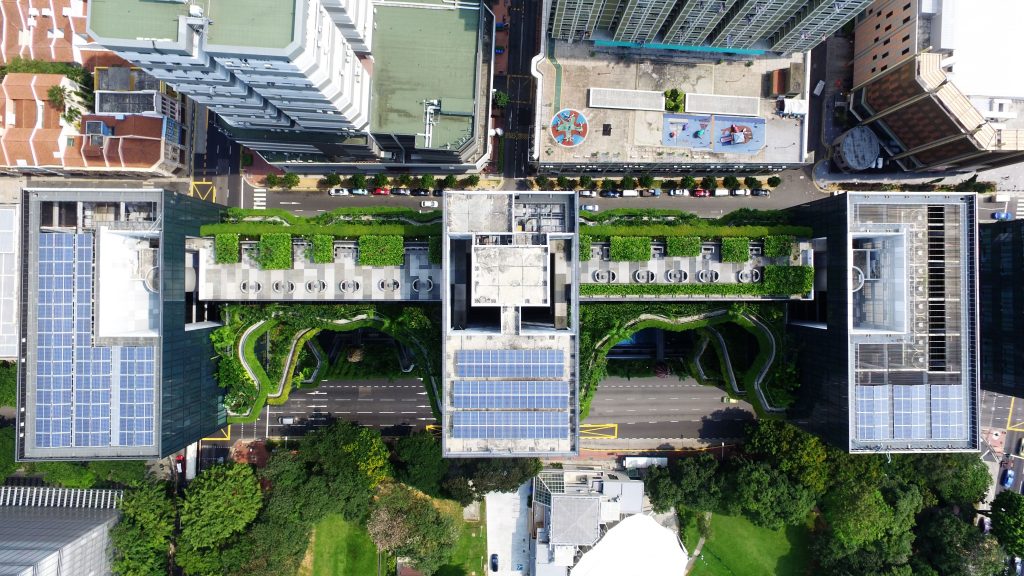
One of the main characteristics of smart cities is their ever-decreasing use of energy sources that cause pollution. The smart city of the future should be self-sufficient thanks to the use of renewable energy sources. But it’s not just about solar power, wind power and other alternative, zero-impact forms of energy. The way we manage energy consumption will also be fundamental to smart cities over the coming decades. Thanks to smart energy systems, we’ll be able to monitor and control energy consumption in a city in real time, thus allowing us to better manage energy demand stemming from both the domestic and commercial spheres and implement energy-saving practices where applicable.
Innovative public services
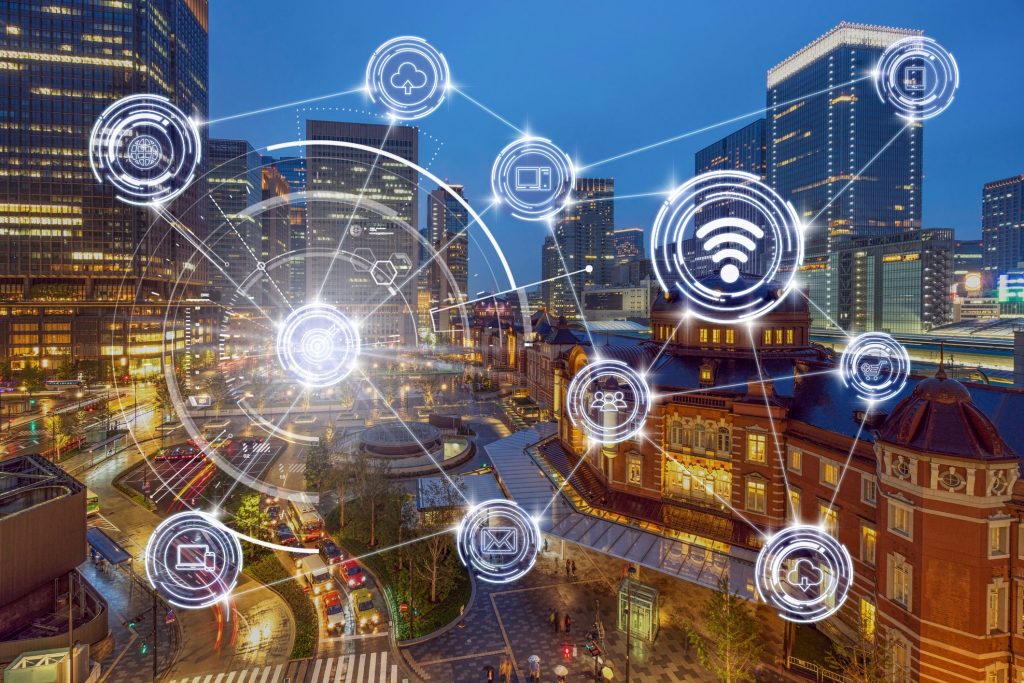
Smart cities and their databases will be able to provide their inhabitants with advanced, personalised public services. Telematic and digital means of communication will mean that citizens can be put in contact with public authorities at any time, thus creating cities that are safer and cleaner and deliver better quality of life.
Smart mobility
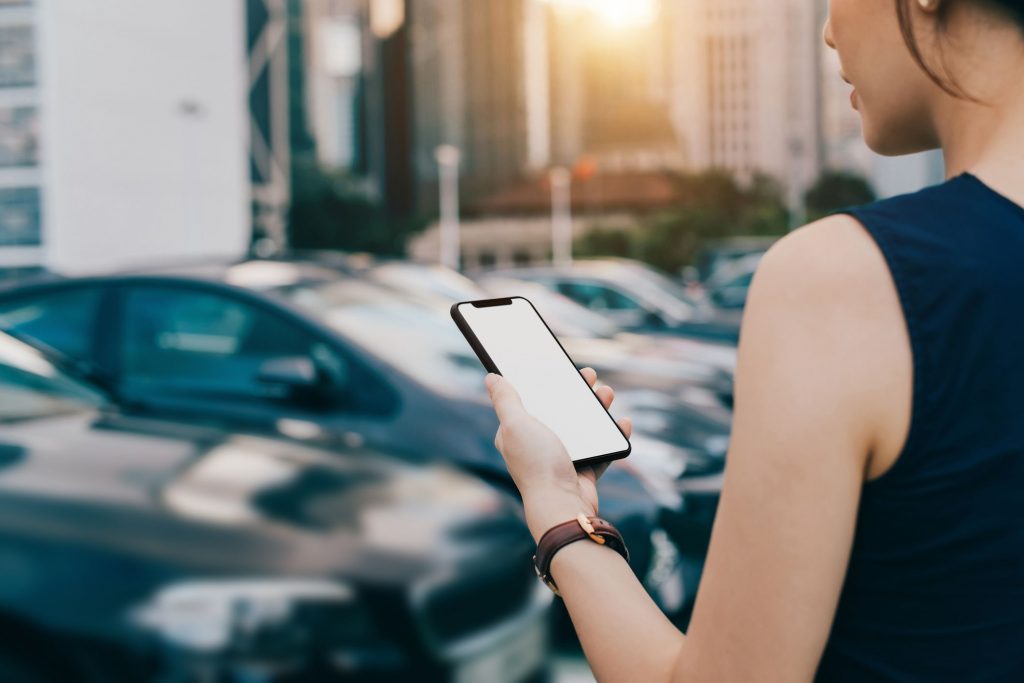
Whether it’s ride sharing or ecological mobility, smart cities must develop new mobility policies capable of ridding themselves of traffic. By attempting to implement smart mobility practices, they will be able to make circulation on city streets more fluid and thus reduce the consumption of fossil fuels. Shared mobility, meanwhile, allows us to reduce traffic by sharing means of transport that we do not own ourselves. And finally, public transport will become electric and will be specifically designed to have a reduced impact on the urban landscape.
Internet of things
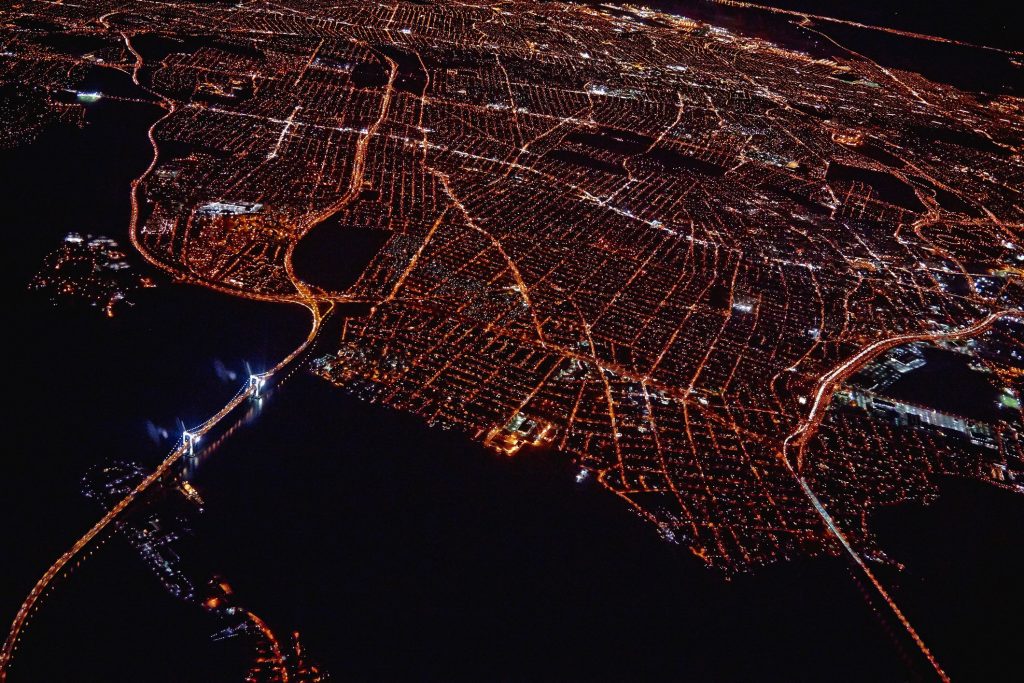
Everything – or almost everything – in smart cities will be fully connected. Smart street lamps will turn on and off as required, while security cameras will be located in parks and on street corners to inform the authorities of any accidents or irregularities in real time.
5G connection
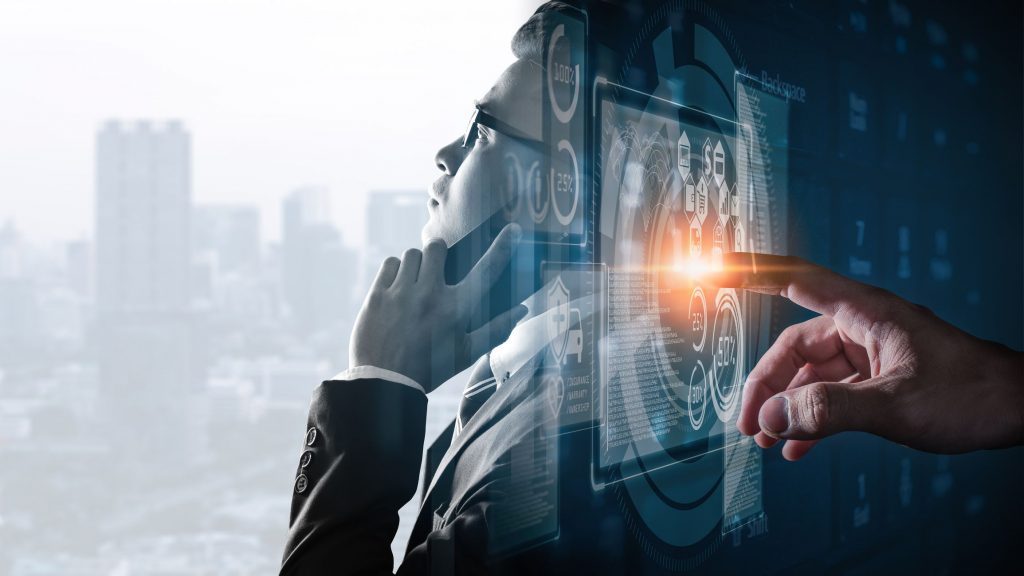
However, in order to make the development of smart cities a reality, we must create telecommunications infrastructure capable of supporting an exponential rise in the amount of data traffic. To ensure that all of the new tech required to run smart cities works correctly, the connection will need to be the best available. It means that 5G – which is already on the horizon – will be essential.



